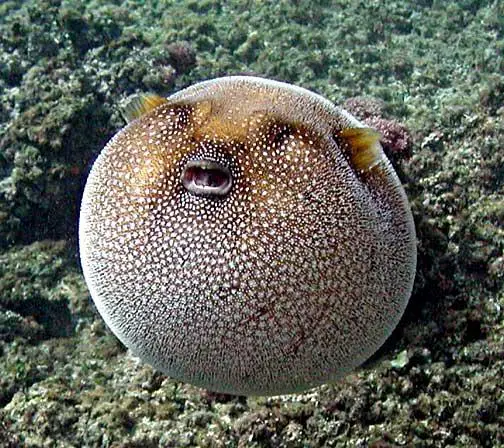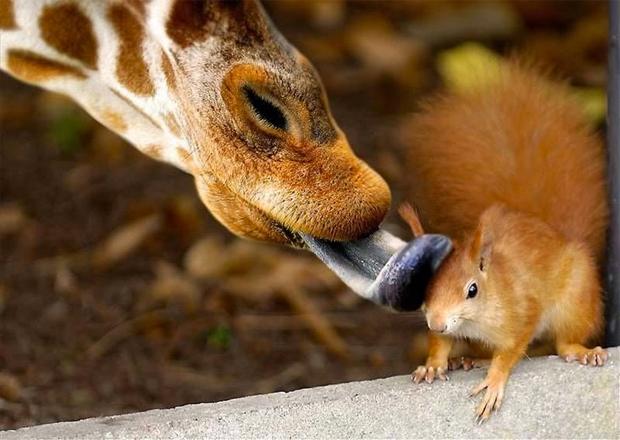It’s hard to think of a more stunning sight than seeing thousands of animals migrating countless miles across our planet in search of warmth, food or a breeding ground (and sometimes all three). While we humans may complain about having to trek a few miles to the supermarket for food and supplies each week, many animals migrate thousands of miles every year just in order to survive and reproduce. The following are 10 of the most incredible migrations in the natural world.
Christmas Island Red Crabs – Australia
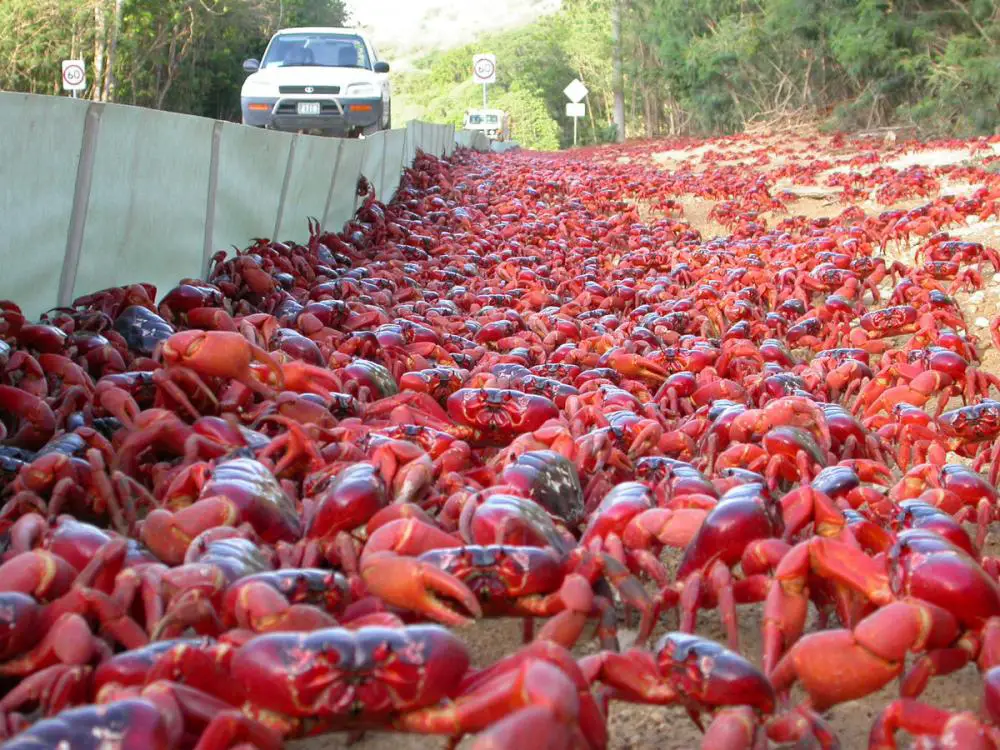
Christmas Island in Australia is home to around 30 million red crabs and, once a year, these creatures turn the ground red as they migrate to the ocean to lay their eggs. The crabs are so large in number that barriers often have to be put up next to roads to keep the crabs from blocking all the traffic!
Wildebeest – Africa

The wildebeest migration in Africa is arguably the most spectacular migration on earth. Millions of wildebeest travel thousands of miles in search of food and water and they are often accompanied by zebras and gazelles. During the annual migration, the wildebeest also have to cross crocodile infested rivers and repel attacks from lions!
Monarch Butterflies – North America
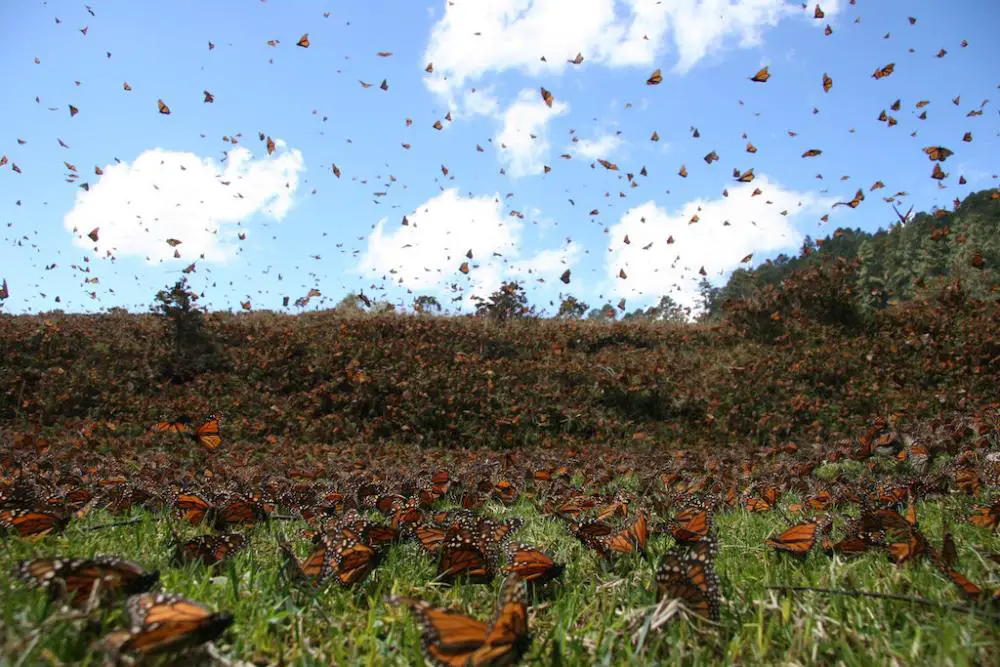
The monarch butterfly migration is one of the most spectacular sights on the planet, as millions of the insects migrate from Canada and the northern US, to the warmer climates down in Mexico and then back again. The butterflies are so large in number that they can often take over whole fields!
Salmon – Worldwide
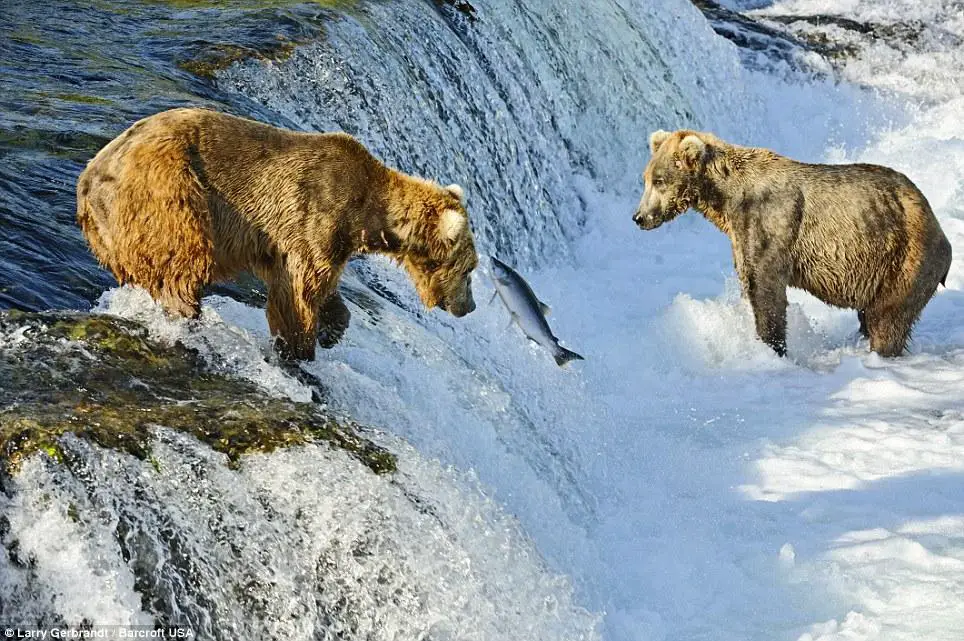
The salmon migration is one of the toughest journeys in the natural world, as the fish leave the ocean and head hundreds of miles inland to return to the spot where they were born. Many of the salmon even have to battle thousands of feet (and the odd bear) up mountain streams just to complete their journey.
Straw Coloured Fruit Bats – Zambia
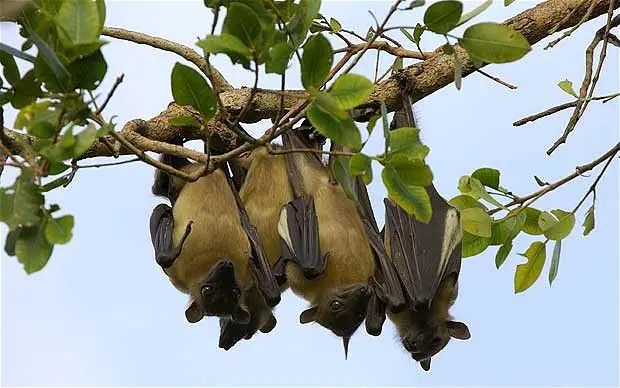
Every autumn Zambia witnesses one of the most impressive migrations on earth. Around 8 million fruit bats descend on Kasanka National Park to feed on the masuku fruit found in the trees. Their numbers are so large that they often block out the light as they descend on the park.
Adelie Penguins – Antarctic
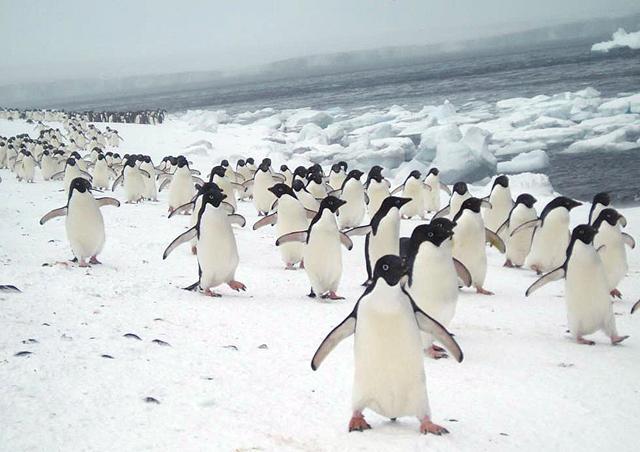
Adelie penguins live in the Antarctic and have one of the longest migrations on the planet. Due to their location, the penguins have to travel around 8,100 miles every year in order to stay on the edge of the constantly forming ice and be able to hunt in the ocean.
Caribou – Alaska

Hundreds of thousands of caribou migrate to the northeastern corner of Alaska each summer to give birth and raise their calves in the almost constant daylight, before travelling south again during the winter.
Green Sea Turtles – Costa Rica
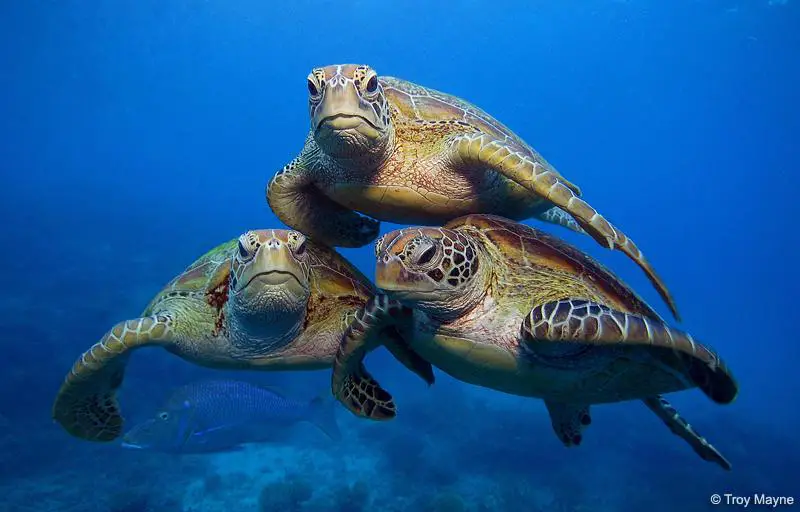
Every year, thousands of green sea turtles migrate back to the same stretch of beach on the northeastern coast of Costa Rica in order to give birth. The turtles pull themselves out of the water and up the beach to lay their eggs, before hauling themselves back into the ocean and swimming away.
Flamingos – Kenya
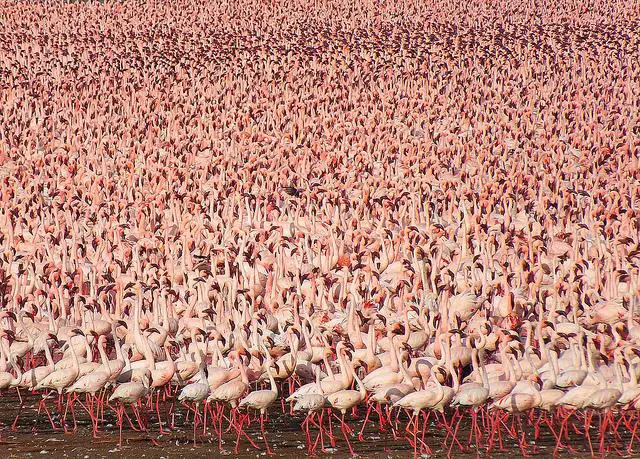
Kenya is home to one of the most spectacular sights on the planet, when some 1 to 2 million flamingos descend on Lake Nakuru to feed on the green algae in the water. The sheer number of flamingos on the shores of the lake turn the area into a natural, pink wonderland.
Zebras – Tanzania and Kenya
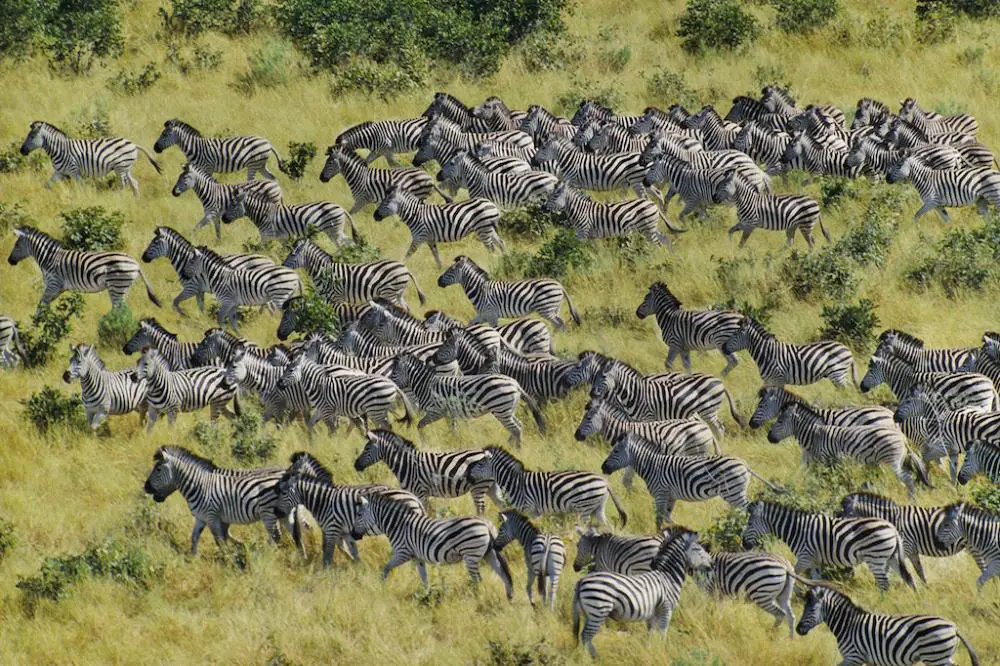
Africa may be most famous for its wildebeest migration but the zebra migration is often just as impressive. While the zebras don’t travel in as large numbers as the wildebeest, they still make the same journey across Africa in search of food and water, staying in tight packs for protection.


